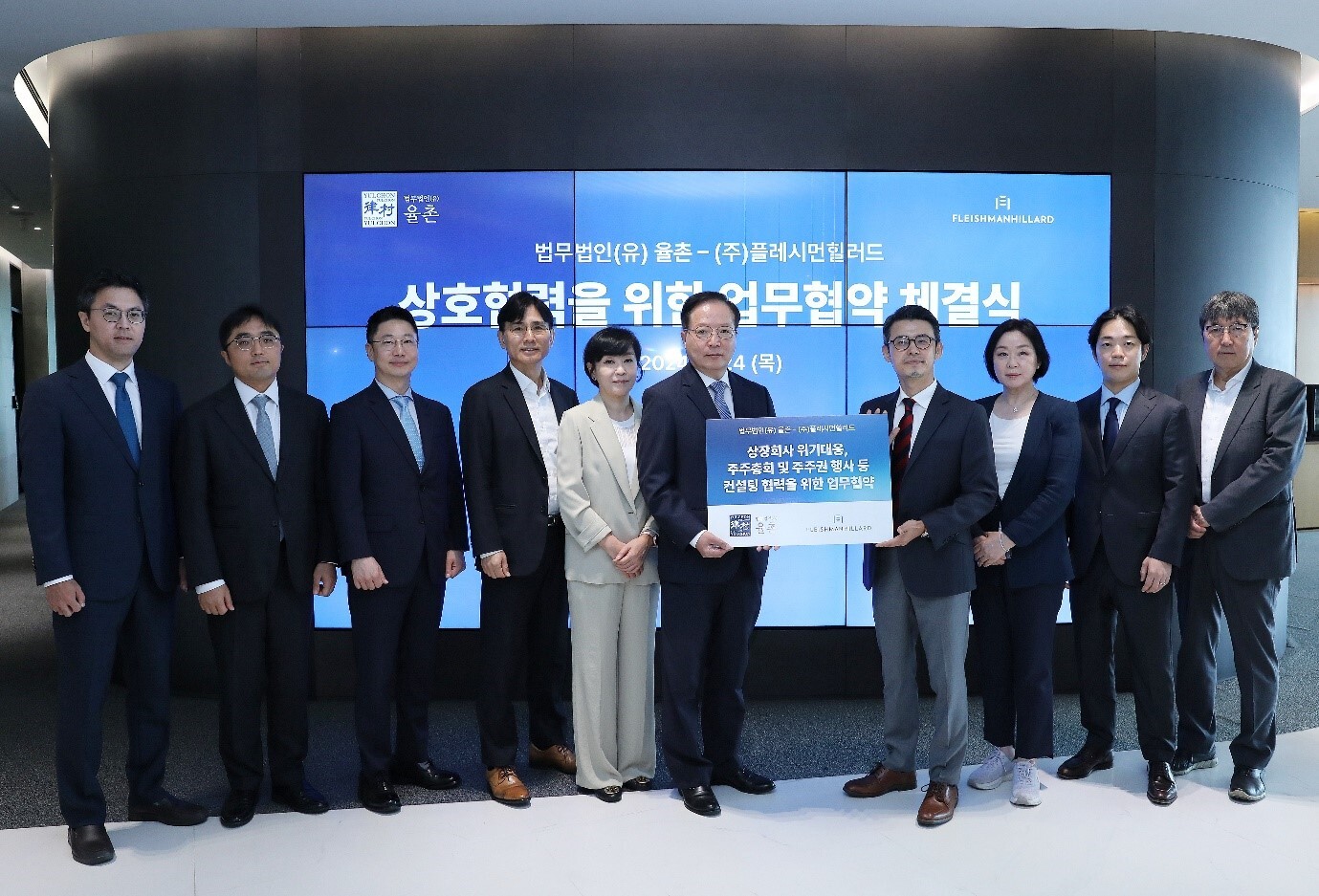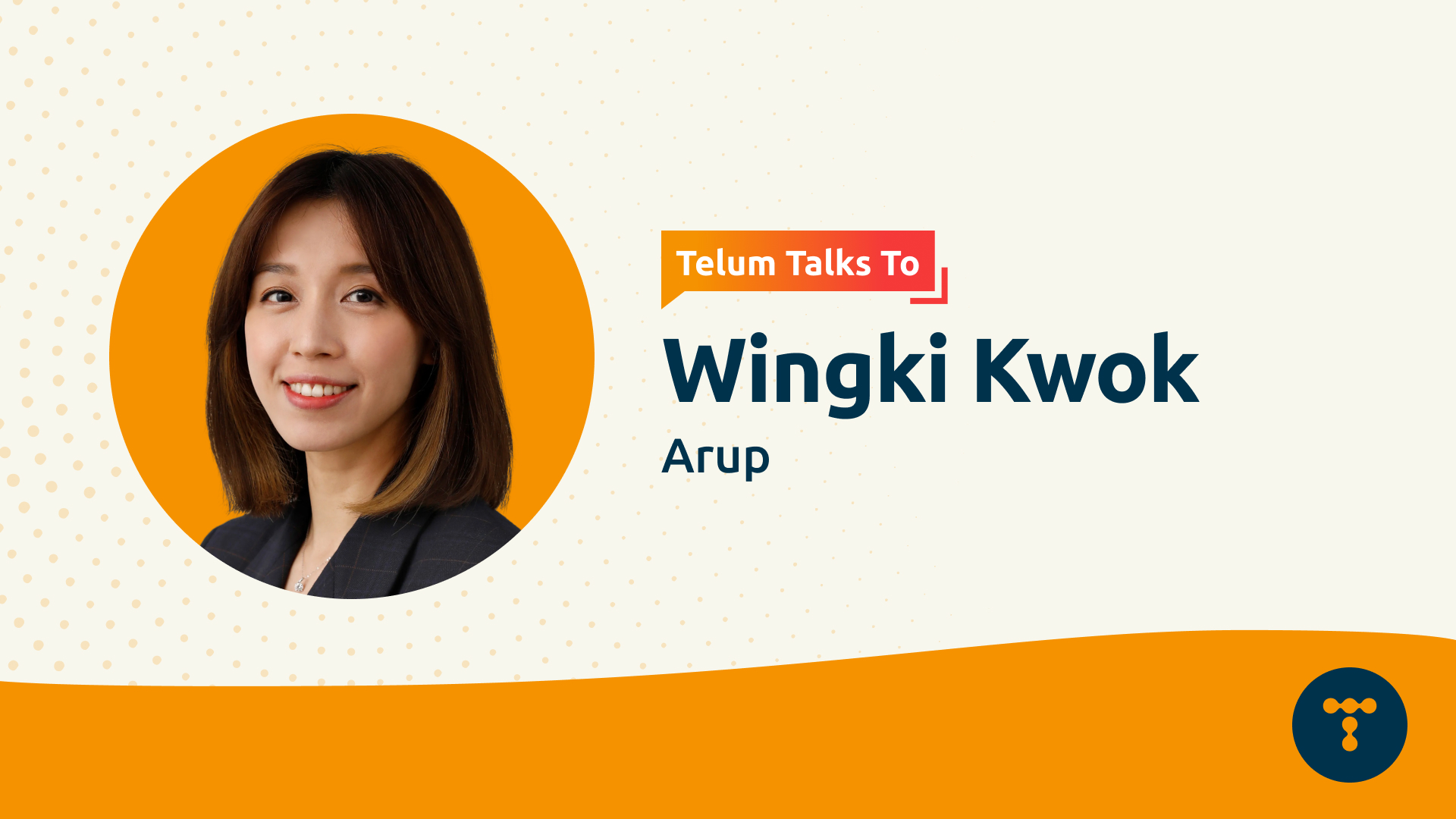As cities evolve and communities grow, the way we think about urban development has transformed to meet modern needs and navigate risks and opportunities. Modern placemaking, a growing field in urban development, goes beyond architectural design and urban planning. It extends to focus on creating meaningful spaces that resonate with communities while meeting contemporary challenges such as climate change and competition for space.
Wingki Kwok, Head of Public Relations and Engagement from ARUP shared how storytelling and community engagement shape placemaking projects, from conceptualisation to implementation.
Placemaking and place branding have become increasingly common in urban development conversations. How have these concepts taken shape in Hong Kong, and what role does communications play in bringing them to life?
Urban development jargons can be confusing. Terms like placemaking, place branding, city marketing often seem interchangeable, but each serves a distinct purpose.
To put it simply, place branding is a strategic marketing approach for a location. As a city, Hong Kong has made significant efforts to promote a global image, aiming to attract international business and tourists. Place branding can also be applied at the district level. Projects like Energizing Kowloon East and Kai Tak Fantasy are great examples. With the Northern Metropolis on the horizon, we’re seeing place branding being used not only to attract investment, but also to draw in new residents and talent.
Placemaking, on the other hand, focuses on shaping public spaces to improve community well-being. Notably, good placemaking often contributes to the place brand, naturally strengthening the overall identity of a place.
But here’s the thing: place branding isn’t like selling a product. You can't declare a city welcoming and vibrant without friendly people and infrastructure that supports diverse communities. Similarly, claims of sustainability fall flat without green spaces and proper waste management. The brand must reflect authentic experiences shaped by people, culture, cityscape, history, and economic activities.
That’s where communications come in, and its role is twofold: first, it helps build the brand or place through engagement, collaboration and storytelling, and second, it tells the story to the world. These are not things you can achieve with just a single campaign. When I trained with the International Place Branding Association, one key takeaway was that a successful place brand isn’t something you invent on the spot and never look back, but something you discover and nurture over time. Making a meaningful place requires more than slapping on a logo or tagline; those are merely finishing touches.
What’s the key to good storytelling for a placemaking project, while staying true to your company’s values?
At Arup, our approach to placemaking revolves around capturing the essence of a community and translating that into design solutions that enhance public spaces and improve the quality of life.
The best stories that communicate this approach are always based on voices that reflect the authenticity of a place. Whether it’s place branding or placemaking, the people of the place make for the most powerful stories. It could be a local resident who’s lived in the area for decades, a small business owner who’s shaped the local economy, or a young athlete who proudly represents their district. Their voices bring depth and credibility to our storytelling, and good stories demands collective effort. Therefore, we need to dig out authentic stories and empower storytellers through engagement.
A core part of your current role focuses on public engagement. What does community engagement for a placemaking project look like, and why is it important?
Community and stakeholder engagement are not simply boxes to tick off but fundamental in building a shared vision. We believe that any placemaking or branding strategy must be grounded in deep understanding – something impossible to achieve from behind a desk. You have to go out, speak to people, listen to their stories, and understand their aspirations.
I'm currently working on a placemaking project at San Tin Technopole, where we're exploring ways to enhance village public spaces and promote urban-rural integration. Naturally, the first step is to talk to the residents, but urban-rural integration is a broad and sometimes abstract concept, and people can interpret it in very different ways.
Instead of jumping straight into asking 'What do you like?', we focused first on building a shared understanding around some core principles. It’s much more meaningful when we work together toward a higher common goal that also brings tangible benefits to the local community.
Trust-building, fostering a sense of ownership, and participation are key in this process. When people feel they’ve had a hand in shaping their environment, they’re more open to collaboration and more invested in the outcome. That’s why we focus so much on inclusive engagement to bring in diverse voices and make sure everyone feels heard – to make placemaking truly impactful.
How do you come up with communication strategies for placemaking developments that typically span several years, particularly given the potential for shifts in market conditions and public interest?
When developing long-term placemaking projects, communication strategies need to balance ambition with practical considerations.
We begin by mapping out stakeholders to understand the full spectrum of interests and influences. For placemaking and place branding, the local community usually carries the most weight, followed by other actors who will drive implementation.
One thing I’ve learned is that people are great at telling you what they want, but not always why. When dealing with various stakeholders, you can’t design based on preferences alone, you need to get to the bottom of what is driving the views they hold. Asking the right questions, setting the scene carefully, and preparing for conflicting views are all means to achieve this end, as well as ensuring that developments do not waver under external pressures.
Placemaking through co-creation helps build ownership, and the results are often tangible, with visible changes in the environment that reflect the community’s input. These outcomes also feed back into the place brand, reinforcing its authentic identity.
How do you see sustainability and ESG messaging impacting public perception of a placemaking project?
ESG is gaining more visibility in project communications, and I think that’s a really positive shift. It serves as a reminder of the values we want to bring to the audience, and more importantly, it helps people understand and feel more connected to the spaces being developed by showing how a project contributes to environmental and social benefits.






